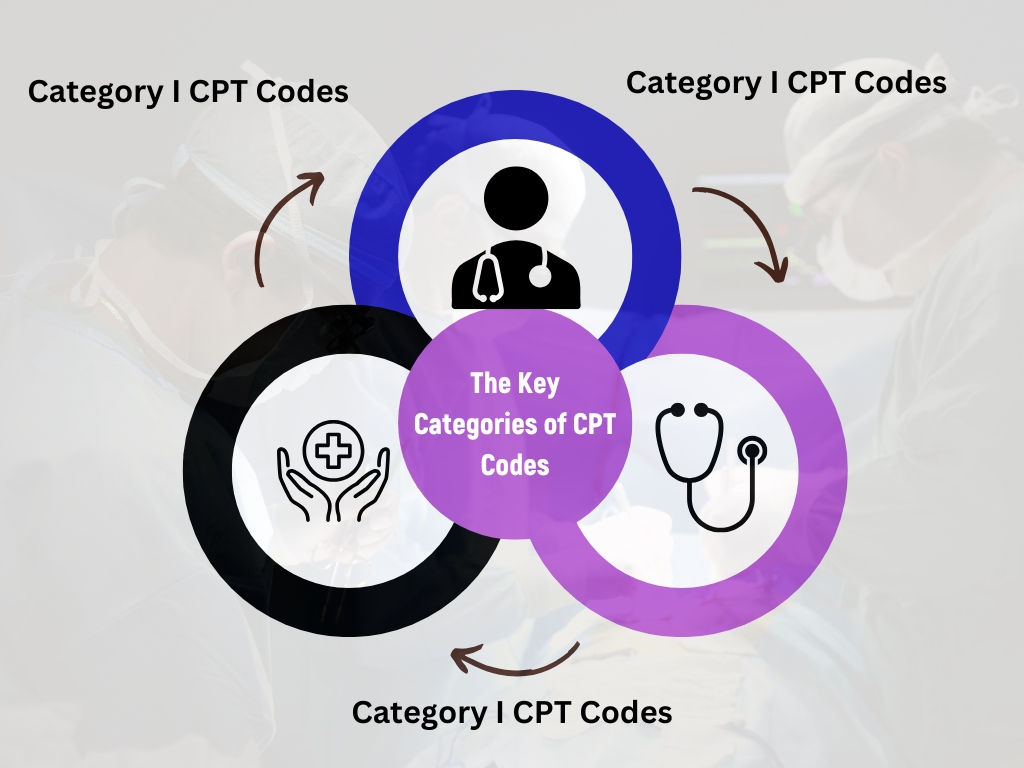Why CPT Codes are Essential in the Medical Field
In the ever-evolving landscape of healthcare, accurate documentation and streamlined communication are paramount. One critical component of this complex system is the CPT code, or Current Procedural Terminology code. Developed and maintained by the American Medical Association (AMA), CPT codes serve as the universal language for reporting medical, surgical, and diagnostic services. This blog explores why CPT codes are essential in the medical field, their role in patient care, billing, data collection, and how they contribute to the overall efficiency and quality of healthcare.
Understanding CPT Codes: What Are They?
CPT codes are a standardized system of five-digit codes used to describe medical services and procedures. Each CPT code represents a unique service or procedure, ranging from routine office visits to complex surgeries. These codes are used by healthcare providers to communicate specific details about the care provided, ensuring clarity in medical records, billing, and patient history. CPT codes are updated annually by the AMA to reflect new medical advancements, procedures, and technologies, making them adaptable to the ever-changing medical field.
The Key Categories of CPT Codes

- Category I CPT Codes: Commonly used codes representing widely performed procedures and services like evaluation and management, anesthesia, surgery, radiology, pathology, and medicine.
- Category II CPT Codes: Used for tracking performance measures and quality of care, helping improve healthcare delivery by providing data on patient outcomes and compliance with best practices.
- Category III CPT Codes: Temporary codes for emerging technologies, services, and procedures that are still being researched. These codes help track innovative medical techniques.
The Role of CPT Codes in Patient Care
- Consistency and Clarity in Medical Records: They ensure standardized documentation, aiding in communication across medical teams and preventing errors.
- Streamlined Referrals and Follow-Ups: They eliminate ambiguity when referring patients to specialists.
- Improved Clinical Decision-Making: They organize patient histories for informed healthcare decisions, especially for complex cases.
CPT Codes and Insurance Billing
- Simplified Claims Processing: Ensures accurate documentation for smoother claims.
- Transparency in Billing: Allows patients to understand what they are being billed for.
- Standardized Reimbursement Rates: Facilitates negotiations and consistency in billing practices.
- Prevention of Billing Errors: Reduces denied claims and errors.
The Importance of CPT Codes in Data Collection and Research
- Tracking Healthcare Trends: Identifies frequently performed procedures and insights into patient needs.
- Supporting Quality Improvement: Tracks adherence to best practices using Category II CPT codes.
- Assisting in Healthcare Policy: Provides data for resource allocation and policy-making.
CPT Codes and Technology Integration
CPT codes are critical for integrating modern technologies like telemedicine and robotic surgery into clinical practice. They also play a significant role in electronic health records (EHRs), enhancing data accuracy and interoperability.
Challenges with CPT Coding
Staying updated with code changes and preventing errors requires continuous training. Despite challenges, effective training and coding systems can mitigate risks.
Conclusion
CPT codes are indispensable in today’s healthcare. They ensure consistency in documentation, enable accurate billing, support research, and enhance patient care. They are essential for a transparent, efficient, and patient-centered healthcare system.




